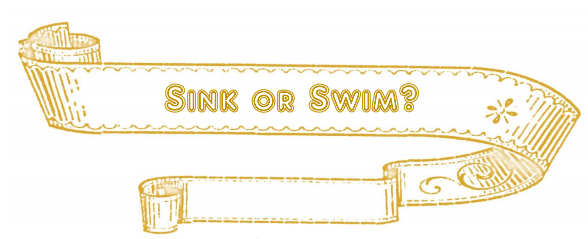This video shows how liquids can be used to show some principles of density in a very colourful way. It is designed to appeal to visual learners.
Methodology
Materials
- A clear tall glass
- A number of different liquids with different densities: Maple Syrup, Washing up Liquid, Water with Food Colouring, Cooking Oil
- A number of solids with different densities: Cork, Blueberries and Cherry tomatoes.
Method
- First pour the syrup into the glass slowly being careful not to get any on the sides (this is so we do not have to wait for the syrup on the side to reach the bottom of the glass)
- Next pour in the washing up liquid Next pour in the coloured water by pouring it slowly down the side of the glass.
- Finally add the cooking oil and allow the liquids to settle for a few minutes.
- When the liquids have separated out, add the solids carefully, one by one. The most dense liquids and solid will be near the bottom and the least dense liquids and solids will be at the top.
Precautions
- Students have to work diligently with the materials so that they don’t mix when conducting the experiment.
- Some of the materials will stain and none of the materials should be ingested.
Teacher Note
Sink or swim works on the basis that liquids have different densities. Liquids/Solids/Gases with a low density float above those of higher density. Density is how much mass a material has, for a given volume. For example, if we consider the sugar content of two cans of coke (Coke and Diet Coke). For a given volume (same size can), there is more sugar in the coke liquid than in the diet coke liquid, making it more dense. When both cans are placed in a tank of water, the less dense can (Diet Coke) will float and the other (Coke) sink. Different densities means that when the liquids in the video are mixed, they will separate according to their density. This can be very simply shown with oil and water. The density of water is 1gm/cm3, whereas the density of oil is lower at 0.9gm/cm3. Thus the oil floats on water.
Extension Activities and Worksheets
Access to worksheets and extension activities are available in the teacher resource pack to Kitchen Chemistry.





